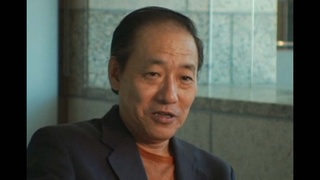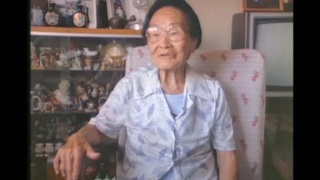Interviews
First Meeting with Yoshitaro Amano (Japanese)
(Japanese) I met Amano at a church for Japanese. At that time, he was the first Japanese to come here after the war. Because of the war, all our connection with Japan had been completely cut off. And then he came in here all of a sudden in such an unusual way. I was with a priest, and there was a phone call telling us to come over once we were finished with whatever we were doing because the person had something very interesting to tell us. So I said okay, and when I went with my mother, Amano and his people were holding a lecture. They had rented the entire campus of a place called Hoshi Academy. There was a crowd of people there.
At any rate, that was probably our first visitor who came from Japan. All the news about Japan wasn’t the complete story. There was a group that thought Japan had won the war, a group that thought Japan had lost the war…Right when we had no idea what was the truth, Amano, who had come from Japan bearing fresh news, said he would hold a lecture, so there was a lot of people there.
Date: April 18, 2007
Location: Lima, Peru
Interviewer: Ann Kaneko
Contributed by: Watase Media Arts Center, Japanese American National Museum




